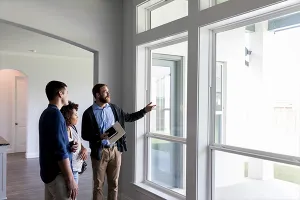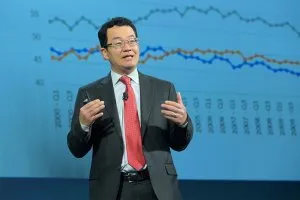The sales price of neighboring homes is only one part of the equation. Be sure that sellers understand the other factors that affect how their home compares to their neighbors'.
Location within the neighborhood.
If your seller’s home is in a part of the neighborhood that borders a highway, train tracks, or an industrial area, it’ll likely fetch a lower price. Make sure you pull comps of other homes in similar locations to compare and explain pricing differences to sellers.
The home’s lot.
Take into account that hilly terrain can affect the usability of each home’s lot and bring your seller’s price down. You can have two one-acre lots next to each other, and one can be fully usable while the other is only half usable because of steep slopes, says Todd Gibbons of William Pitt Sotheby’s International.
Renovations.
Home owners who have done home-improvement projects typically get a higher price for their property. You should know which properties in the neighborhood have undergone renovations and how much they sold for so you can suggest to your seller what projects they should do if they want to boost their home’s sale price.
New construction.
In some markets, the cost of land has dropped, making building a new home less expensive and, thus, more affordable for buyers. Sellers need to understand how competition from the new-home segment could affect their listing price. For example, in the suburbs of Chicago, where Michael LaFido of Marketing Luxury Group does business, building a house similar in size to an existing structure costs 20 percent less today than before the recession. Pull comps from builders in your area to show sellers the potential impact on their home’s value.
The difference between listing price and sales price.
Many sellers will go online to see listing prices for other homes on the market in their neighborhood and ask you to price their house accordingly. You need to explain that listing prices reflect what sellers are asking, not what buyers are willing to pay. That’s why sold inventory is more reliable for determining the realistic price of your seller’s home than the asking price of properties currently on the market.
Sources: Maria Azuaje, Berkshire Hathaway Homeservices Florida Properties Group, Miami; Ann Marie Clements, AHWD, e-PRO®, Keller Williams Capitol Properties, Rockville, Md.; Michael LaFido, Marketing Luxury Group, Chicago; Todd Gibbons, William Pitt Sotheby’s International, Westport, Conn.









